Tags: biodiversity
Sparrow Travelers of Freshkills Park
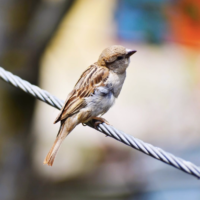
Did you know that there are over 35 species of sparrows throughout North America? About a third of the species are fairly common throughout the continent. The most common and easily recognized sparrow is the House Sparrow. They are native to Eurasia and northern Africa and were introduced into Central Park in 1850.
...MOREPrintable nature explorer activities
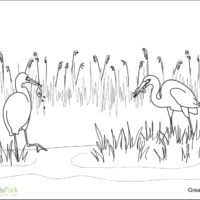
Coloring books are not only a fun activity for your younger ones, but beneficial to an audience of all age ranges. For older folk, this activity allows for the fear and stress center in the brains to relax. For the younger crowds, coloring pages can help develop fine motor skills.
...MOREListen: Grassland Sounds
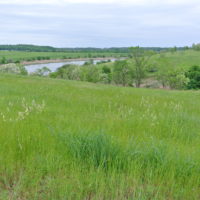
In 2018, Freshkills Park researchers conducted a study to learn more about grassland bird nesting preferences. Currently, a significantly greater number of grassland birds are nesting in an area known as East Mound than in the other areas. One species of special concern, the grasshopper sparrow, has been found nesting exclusively in East Mound.
...MOREWatch: Motion Sensor Cameras Wildlife Footage
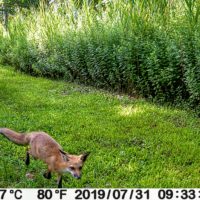
In the Summer of 2019, Freshkills Park researchers set up wildlife cameras to record animal activity on site, in hopes of capturing footage of the red foxes that call the former landfill home. The camera footage shows a snapshot of some of the larger mammals that inhabit the park, with a few surprise guests!
...MOREWatch: Osprey Nest Over Main Creek

Every year, Osprey (Pandion halibuts) make their summer homes at Freshkills Park, where they build nests on high structures above the Park’s creeks. They hunt for fish in the waterways and raise their young. Since 2018, parks researchers have been monitoring the breeding success of the Osprey at Freshkills Park.
...MOREMothing With Artist Ash Ferlito
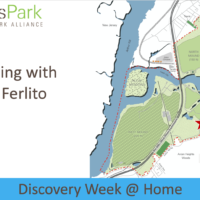
Moth Painting is a time-based painting-photography hybrid that serves as a visual record of the moth and insect population of Freshkills Park. Artist Ash Ferlito suspended a large sheet from a plastic framework and then shined UV light on the material to attract insects on the panel to document them.
...MOREBiodiversity in the City
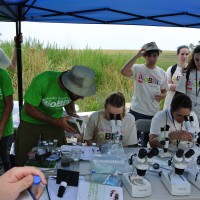
When you think about the most biodiverse places in the world, where do you think about? Maybe the Amazon rainforest or Madagascar? Many are surprised to find out that New York City lies within one of the world’s 36 biodiversity hotspots (the North American Coastal Plain), as defined by the Critical Ecosystem Partnership Fund, a global program focused on providing funding for projects aimed at protecting these areas of extreme biodiversity.
...MORENew Videos Introduce Visitors to Freshkills Park
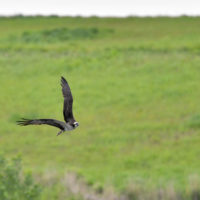
Are you new to Freshkills Park and want to learn a little bit more about the exciting changes occurring at what was once the world’s largest landfill? Freshkills Park is excited to announce the release of new videos that introduce newcomers to the park in three themes: “Welcome”, “Freshkills Park Science and Research Program”, and “Landfill Infrastructure at Freshkills Park”.
...MOREReintroducing Natural Systems to Create Healthier, More Resilient Cities
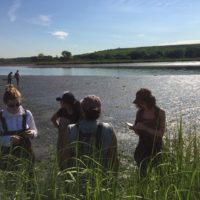
Storm surges reached near record highs in Boston during an intense winter storm early this year. Storms are being seen with increasing strength and frequency throughout the country, and they’re being coupled with increasing costs of repairs and restorations. This has given rise to creative mitigation strategies to limit the impact of severe weather events.
...MORECity Nature Challenge Provides A Snapshot of Urban Biodiversity
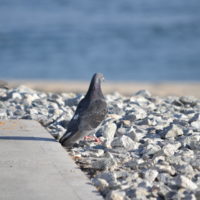
In April 2017, sixteen U.S. cities participated in the City Nature Challenge (CNC). For this multi-day event, urban residents competed to observe the most species in their city, at the same time collecting data that conveys a snapshot of the local biodiversity.
...MOREPanel Discussion: Re-envisioning Post-Industrial Public Landscapes

Freshkills Park’s Manager for Science & Research Development Dr. Cait Field will participate in a panel discussion at Rutgers University on Wednesday, April 27th. Called Re-envisioning Post-Industrial Public Landscapes, the discussion will include panelists from Freshkills Park and Liberty State Park in Jersey City.
...MORENational Invasive Species Awareness Week
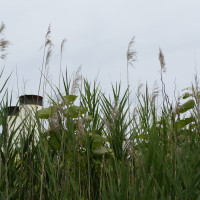
Happy National Invasive Species Awareness Week! An “invasive species” is a plant, animal, or other organism that’s not native to the ecosystem under consideration whose introduction causes or is likely to cause economic or environmental harm or harm to human health.
...MOREBirds Count: Winter 2016
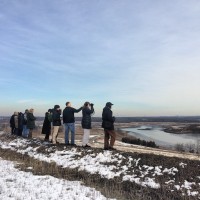
On President’s Day weekend, millions of birds were recorded as part of the Great Backyard Bird Count (GBBC). According to the New York Times, this was the 19th year that both amateur and expert ornithologists worldwide have contributed bird sightings to this citizen science project, run by the Cornell Lab of Ornithology, the National Audubon Society and Bird Studies of Canada.
...MORECitizen Science: Water Monitoring Project for Students
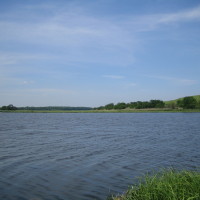
This spring, 6th-12th grade students in Staten Island will have the chance to participate in a Citizen Science water monitoring project at Freshkills Park. The project will be overseen by Manager of Science and Research Development Cait Field and fellow NYC Department of Parks and Recreation staff.
...MOREHighlights from BioBlitz! at Freshkills Park

On August 29th and 30th, Freshkills Park teamed up with CUNY Macaulay Honors College to conduct a BioBlitz of North Park. A BioBlitz is a 24-hr biological survey event aimed at developing a snapshot of as much biodiversity as possible in a given area at a particular time of year.
...MOREFarther Afield: Mahim Nature Park in Mumbai
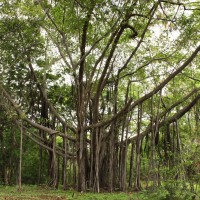
Over the past several decades, there has been a steady decline – paired with an increased consolidation – of landfills within the United States. This is due, in part, to a number of federal legislation that revised and updated the operational practices and permitted locations of municipal waste disposal.
...MOREFrom Behind the Mounds: Long Term Planning with Planting
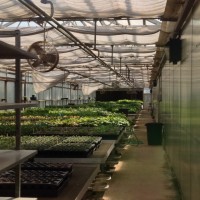
One hundred years ago, forested swamps and tidal wetlands characterized the site that is now becoming Freshkills Park. In 1947 Robert Moses changed all that by designating the spot to be used as a landfill. The original plan of three years of garbage tipping followed by urban development turned into something far more complex, resulting in Fresh Kills gaining the infamous title of world’s largest landfill.
...MORE‘Mussel Raft’ aides water filtration
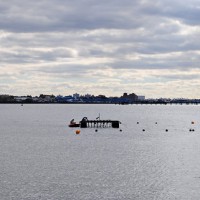
An interesting experiment in water pollution management is taking place in the Bronx River estuary near Hunts Point in New York City. Scientists are testing the use of a ‘Mussel Raft’ for addressing nitrogen pollution from treated sewage that ends up in the water from a nearby treatment facility.
...MORENew smartphone app tracks invasive plant species
Recently, UK scientists and environmental organizations teamed up to create a smartphone app that allows users to track invasive plant species. PlantTracker “tells people how to spot invasive plants and lets them snap geo-tagged pictures of the species and submit them to the organizations to better help them manage the populations.”
...MORE



